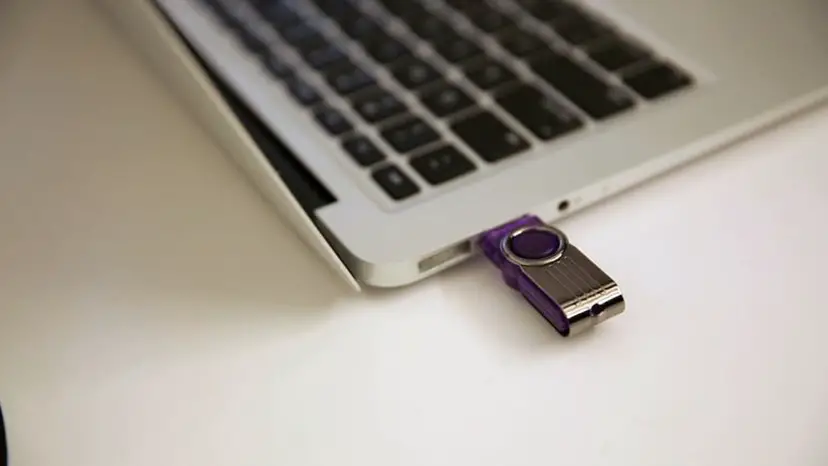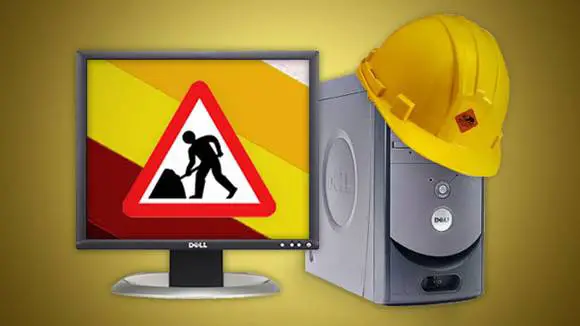Having all of your important files stored in only one place is never a good idea. A computer crash could occur at any time, or you could even fall victim to ransomware or a glitch in a software program. While operating systems and other programs can always be restored, the files that matter most to you such as personal photos, videos, and documents can be wiped out for good unless you have them saved elsewhere. Luckily, there are several easy ways to back up your important files to make sure you never lose your valuable data should something happen.

1. Using an External USB Hard Drive
One of the benefits of external hard disk drives is that they are easy to use and relatively inexpensive. By using your computer’s built in backup features, you can easily back up your files fast to the external hard drive. You can choose to have files automatically backed up, or use the backup tool as needed. For users of Windows 7, use the Windows Backup feature. For Macs, use Time Machine. For later versions of Windows such as 8 and 10, use the File History feature for backup purposes. While an external backup method has many advantages, the only downside is that the backup copy of your files could also be stolen or be lost in situations such as a house fire. For this reason, it makes sense to make more than one backup and perhaps keep a copy elsewhere as well as at home so that you always have access to the files.
2. Using Internet Backup Services
The Internet offers many services that allow users to back up their computer files for a fee. By paying a small monthly fee, your files are automatically backed up to the web storage of the paid service. These programs work by running in the background of your Mac or PC. If your files are ever lost, simply restore them from the service. This type of file back up not only protects you from cases hard drive failure, but from theft or natural disasters as well. Such backup services include MozyHome, CrashPlan, Carbonite, and BackBlaze. The initial back up process typically requires a longer time that an external hard drive would, especially when they are many files. This seems like a small problem to deal with for a back up plan that offers a full range of protection.
3. Storage in the Cloud
While not exactly an actual backup method, storage in the cloud is another great way to store your files for safe keeping. Cloud storage services offer users a few gigabytes of storage space free of charge, which works well in cases where you have only a small number of files to back up. Services such as Google Drive, Microsoft OneDrive, and Dropbox keep your files stored online and automatically sync to your account. This also allows files to be synced to other computers so that if one machine has a hard drive crash or is stolen or somehow destroyed, you can still access your files through another computer. This is a fast and easy way to keep back ups of all your important data, and in many cases, the storage is free. Because it is online, this also ensures that you are protected from any situation that might cause loss of data.
Another online storage and back up option is called CrashPlan. This system works slightly differently from the services mentioned above. CrashPlan does charge a small fee, however, it also allows you to back up a very large amount of data. This plan also gives users the option to restore their data from several points in history by keeping multiple copies and versions of your files so that you can choose the point from which to restore them. Users also have the option to back up data to an external hard drive as well as through using the CrashPlan service, for extra protection and convenience. This is a great option for those who have large amounts of data to save and protect.
4. Using Both Onsite and Offsite Back Up Methods Makes Good Sense
For the most well rounded way to make sure you never lose access to your files, it’s smart to use both an onsite and offsite method of file storage. Onsite storage, such as buying an external hard drive , is obviously a quick and easy way to make sure everything is safe. However, keeping your backup data in the same place as your computer isn’t always an ideal situation. Imagine if your home fell victim to a natural disaster such as a fire, tornado, flood, etc.? Or what if your home were robbed or vandalized and both your computer and back up device were stolen or damaged? This is where offsite back up methods come in to save the day.
Offsite back up simply means storing your backed up data somewhere other than in your home or wherever you keep your computer. This could be an Internet service such as Dropbox or the other ones mentioned, or it could even be keeping an external hard drive at a family member or friend’s home in case you would ever have need for it. You might also consider keeping a copy of your files in a safety deposit box at your local bank branch. Any of these methods ensures that you have a copy of your most valuable files in the event something undesirable would happen at your home.
5. Automatically Backing Up Files Works Best
Take advantage of your computer’s automated back up tools to keep your stored files up to date. Online services are also great for this because they can automatically back up your information daily. If you are manually transferring data to an external source, make sure to keep up with it on a regular basis or you could lose your most recent data if something happens to your computer.
In order to stay safe in these days of hackers and malware, it is essential to have copies of your computer’s data backed up. A computer’s hard drive may crash at any time, so it always pays to be prepared. A little planning can prevent a major loss should something happen to your files.
[Image via Google Images]




It definitely is important to back up your files. I have lost my stuff on different occasions for not doing that very thing, after being frustrated and not being able to have all of them retrieved – I learned my lesson. I now store my files in the cloud and it has been a lifesaver. Great tips, thanks for sharing!